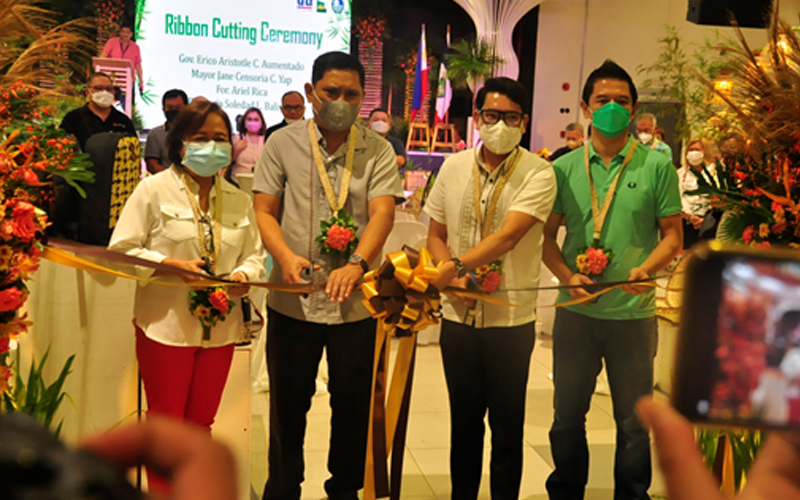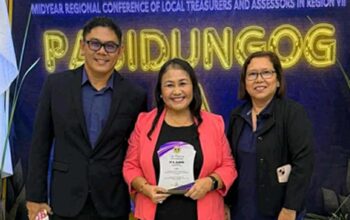
THE lowly bamboo, omnipresent in Bohol’s creeks and riverine systems, gets enthroned today and the rest of the week here, as a partnership of two government agencies bring in the Bohol Bamboo Expo2 at the Activity Center of the Island City Mall from September 19-23.
The Department of Trade and Industry (DTI) in Bohol and the Department of Environment and Natural Resources (DENR) partnered in a five-day pop-up exhibit showcasing bamboo and products made from it, processed from it and the environmental premiums of the fastest growing grass in the world.
“Considered as perfect substitute for lumber, bamboo have more tensile strength compared to other forest tree species, its legendary carbon sequestration power is about 400 times compared to forest trees,” cites Bohol Bamboo Council chair and Provincial Environment and Natural Resources Officer, Forested Ariel Rica.
Bamboos have been used since time immemorial in construction, furniture, paper making, textile, pharmaceuticals and household items in a vast array of usability.
In construction, bamboo can be a scaffolding, a structural support, floorings, walls, ceilings and even roof. With new technologies, engineered bamboo is making a revolution in building materials.
Bamboo forests have also enormous positive benefits for the environment as this incredibly productive plant efficiently stores carbon, absorbing more carbon dioxide than trees, and generates a vast amount of oxygen, at 30% more than most plants and trees.
The bamboo roots in the ground which makes the soil more stable, and is excellent in restoring the land and preventing landslides.
Bamboos also help protect biodiversity and endangered species by creating homes for a variety of different animals as bamboo forests save and protect the species living in the forest, by providing both homes and food.
At the expo, both agencies present the agribusiness and processing potential of the bamboo in a bid to build a scaffolding for the efforts in strengthening the bamboo industry, through various agency based initiatives.
Bamboo seedlings and planting materials are also available at the expo, and PENRO Rica, said the agency has been focusing on developing the bamboo industry since 2011 and continue until Secretary Roy Cimatu headed the agency until now.
“Since then Bohol has expanded its bamboo production areas to 3,723 hectares, and since then, some 1,144 hectares of the plantation is now harvestable,” PENRO Rica said.
“With these, by the next expo, we can already see bamboo trunks, as these are perfect substitute for lumber,” he continued.
And even if these bamboos are planted within timberland areas, the DENR has awarded tenurial instruments to organizations planting these in Community-Based Forest Management Agreements, so they can be harvested, he added as he shared the DENR dream of allowing people living in the forest fringes as well as micro, small medium enterprises to gain income.
To this, the DENR head said they are poised to award 73 of the more than 100 people’s organizations the tenurial instruments for more bamboo production areas to support the project.
For the expo, PENRO Rica thanked the DTI for sponsoring the exhibit, and assured the agency’s 100% support.
In her opening statement, DTI Bohol Provincial Director Maria Soledad Balistoy said “We wish to contribute to the development of the bamboo industry through capability building training for value adding, as the DTI also looks at the business and not just its livelihood potential.”
In the initiatives to support the needs of the micro, small medium enterprises (MSME) on furniture and bamboo crafts, the DTI also facilitates in formulating bamboo industry development strategies while committing to continue handholding MSMEs to get them to the peak of their ladders, Balistoy assured. (RAHC/PIA-7/Bohol)



